Orthodontia is the specialty of dentistry that is concerned with the treatment of improper bites and crooked teeth. Orthodontic treatment can help fix the patient’s teeth and set them in the right place. Orthodontists usually use braces and clear aligners to set the patient’s teeth. Orthodontists work on reconstructing the entire face rather than focusing only on teeth. After a course of active orthodontic treatment, patients will typically wear retainers , which help to maintain the teeth in their improved positions while surrounding bone reforms around them. The retainers are generally worn full-time for a period, anywhere from just a few days to a year, then part-time (typically, nightly during sleep) for as long as the orthodontist recommends. It is possible for the teeth to stay aligned without regular retainer wear. However, there are many reasons teeth will crowd as a person ages, whether or not the individual ever experienced orthodontic treatment; thus there is no guarantee that teeth will stay aligned without retention. For this reason, many orthodontists prescribe night-time or part-time retainer wear for many years after orthodontic treatment (potentially for life). Adult orthodontic patients are more likely to need lifetime retention.
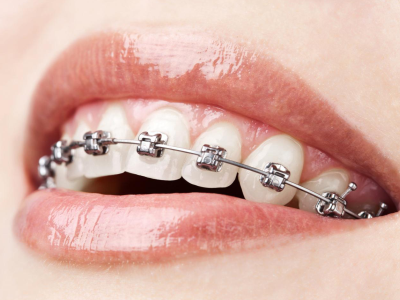 |
 |
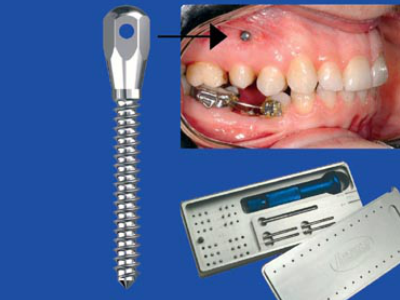 |
| Metal Braces | Ceramic Braces | Orthodontic Implants |
For comprehensive orthodontic treatment, metal wires are inserted into orthodontic brackets (braces), which can be made from stainless steel or a more aesthetic ceramic material. The wires interact with the brackets to move teeth into the desired positions. Invisalign or other aligner trays consist of clear plastic trays that move teeth. Functional appliances are often used to redirect jaw growth.
Additional components—including removable appliances (“plates”), headgear, expansion appliances, and many other devices—may also be used to move teeth and jaw bones. Functional appliances, for example, are used in growing patients (age 5 to 14) with the aim of modifying the jaw dimensions and relationship if these are altered. This therapy, termed Dentofacial Orthopedics, is frequently followed by fixed multibracket therapy (“full braces”) to align the teeth and refine the occlusion.
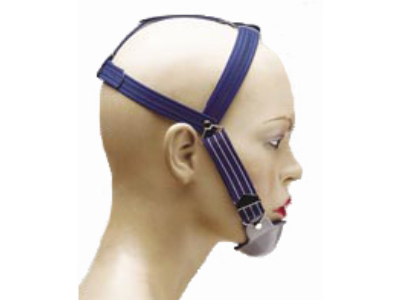 |
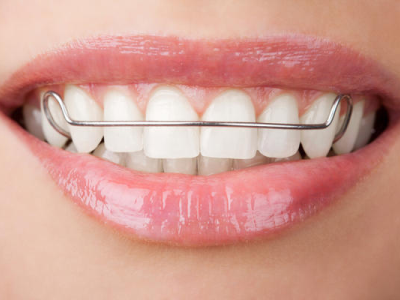 |
| Growth Modifiers | Orthodontic Removable Retainers |
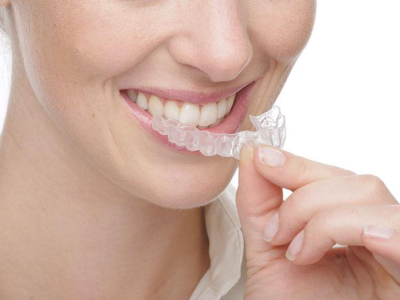 |
InvisalignInvisalign is an orthodontic device that uses transparent, incremental aligners to adjust teeth as an alternative to wire braces |
What Are Lingual Braces?
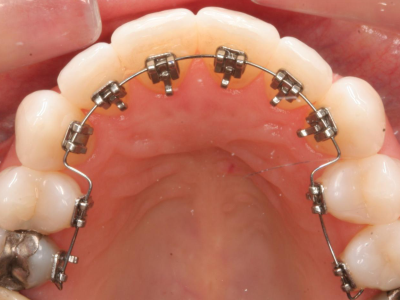 |
Lingual braces are placed behind the teeth (by the tongue and palate), rather than in front, and therefore offer a great cosmetic alternative for those who want their teeth straightened, without showing the braces. The process for lingual braces involves taking an impression of the teeth, which is then sent to a dental laboratory and used to create customized braces. The process takes about six weeks and, once complete, allows the orthodontist to use a specific process to glue the braces onto the back surfaces of your teeth. Like traditional braces, this product works by applying gentle yet continuous pressure on the teeth, to help them slowly shift into proper position. The treatment can take anywhere from 18-24 months, depending on the severity of a patient’s overcrowding of teeth or their bite. |
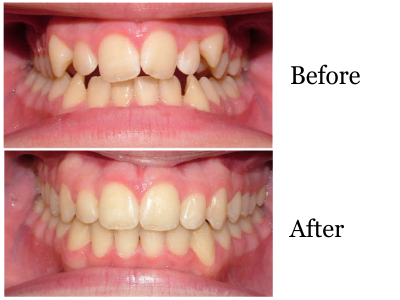 |
 |
